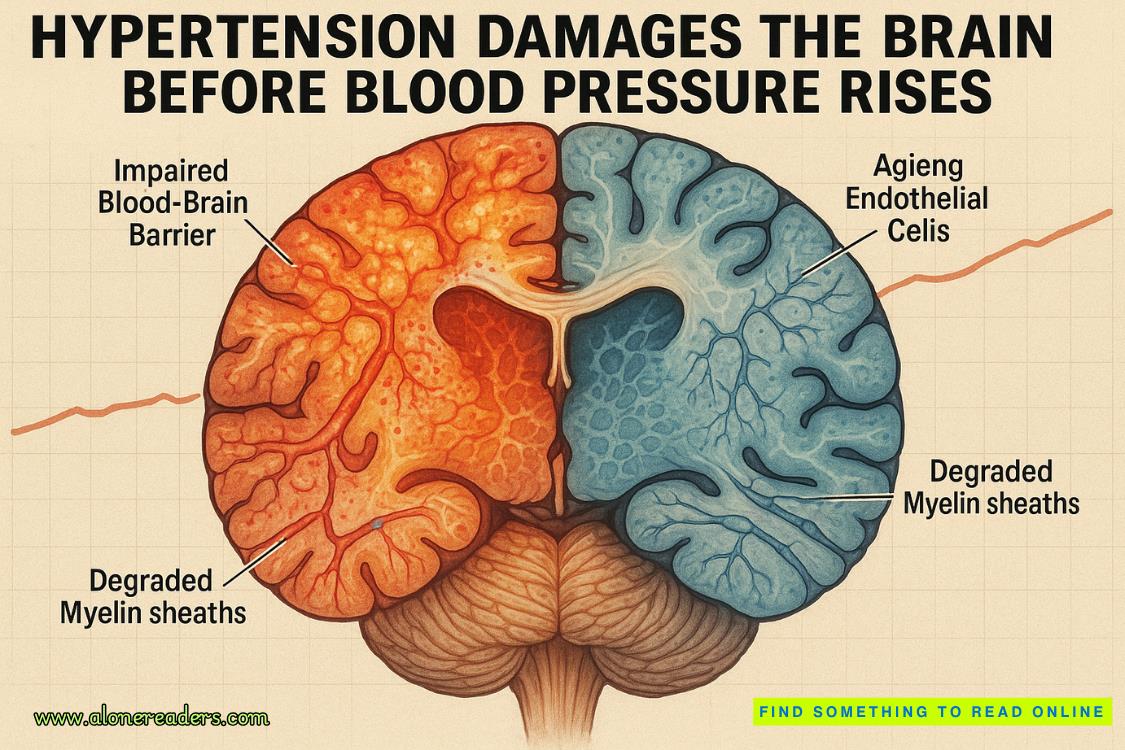Page 30 of The 6:20 Man
Devine started walking again. “We had a case over in Afghanistan. Guy was found hanging just like Sara. All evidence pointed to suicide. He was depressed. His wife was having an affair with some unidentified asshole. He’d missed out on his next promotion. He was drinking heavily, screwing up. He’d had multiple warnings from the brass, and the hammer was about to come down on his career.”
And his name was Lieutenant Roy Blankenship, thought Devine.
“Damn, a lot to deal with.”
“Yeah. But he didn’t kill himself. He was murdered.”
Hancock eyed him. “Who killed the guy? And why? And how’d they find out?”
“The guy was his comrade in arms. He’d just come back from stateside. Turns out he was the one banging the dead guy’s wife. His motivation was as old as time: He wanted the hubby out of the picture so he could fill that slot and live happily ever after with the missus.”
And his name was Captain Ken Hawkins.
“Shit, talk about betrayal. How’d they figure out it wasn’t suicide?”
“Probably the same way NYPD did.” Devine ran a finger in a vertical line over his neck. “Straight-line ligature mark versus an inverted mark is the key telltale sign. Strangulation always has the first, hanging always has the second, because of gravity’s force on the body. And the dead guy’s fingernails also had rope hemp in them. So what happened was the killer strangled him with a rope from behind and the victim fought back, digging into the rope and getting fibers under his fingernails. That also made for the straight-line ligature because no gravity at work. Then the killer strung him up with the same rope to make it look like suicide. But the Army CID agents found the straight-line under the inverted ligature mark. And the inverted was made postmortem, because the guy was already dead. They can tell when something happens postmortem, but then you know that already.”
“How come you know so much about the details?” Hancock said suspiciously.
Devine knew all this because he had gone over every molecule of the case and spoken with the CID agents multiple times. He knew it wasn’t suicide and had wondered why the CID hadn’t concluded the same thing. He had come to find out it was more military politics than any sort of search for the truth. And Campbell had pretty much confirmed that.
“Like I said, they were part of my unit. I made sure I was informed.”
“What happened to the guy who killed him?”
“He’s dead. Killed himself when Army CID started closing in. So his really was a suicide.”
And that, Devine knew, was a lie.
Hawkins is dead because I left him out there to die.
“And the wife?”
“No proof she knew anything about the plan to kill her husband. She’s remarried and doing fine,” added Devine, who didn’t look fine with this at all. “And why is Sara’s case now a homicide instead of a suicide?”
“For reasons very similar to what you just said,” replied Hancock.
“So the killer was sloppy,” observed Devine.
“And the killer is still out there. And it’s my job to find him.”
“Or her.”
“Would’ve taken some strength to string the woman up like that. Dead weight, no pun intended.”
“And what do you want from me?” asked Devine.
“Where were you between roughly midnight and four a.m. on the day she was found?”
“Is that the window on the time of death?” Devine asked.
“Roughly. AC was on high in the building so it screwed with the TOD a bit. They’re doing a more thorough calculation right now to get a tighter window, if they can.”
“Well, I was home in bed. At four o’clock I was just getting up and going to do my workout.”
“Anybody vouch for that?” asked Hancock.
“Probably one of my roommates. But the Cowl Building has cameras and a security guard on duty and you need a security card to get in after hours. You don’t have to play gumshoe peeking through keyholes, Detective.”















